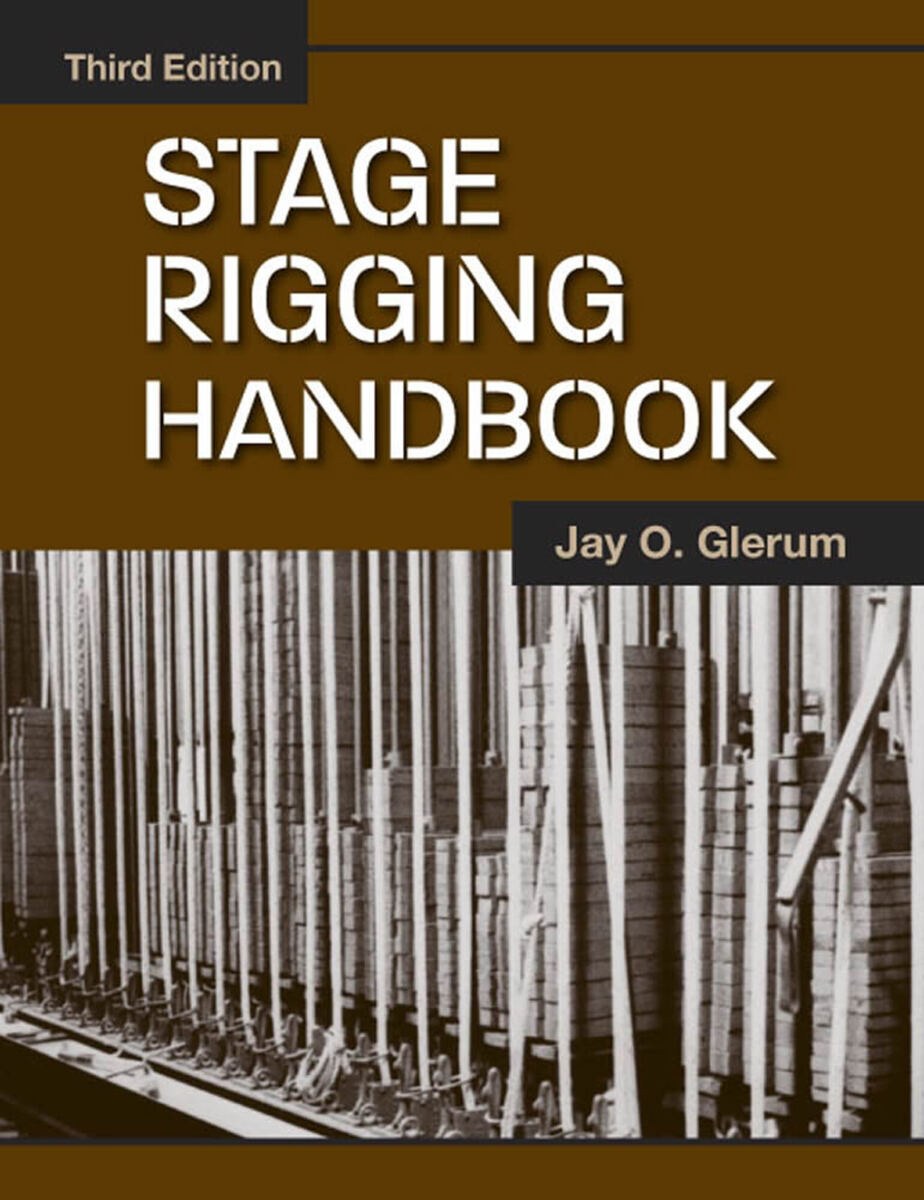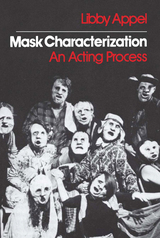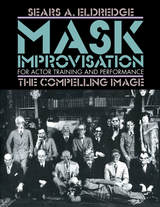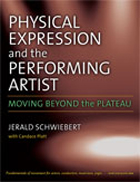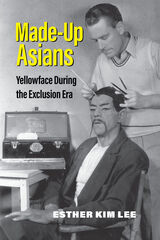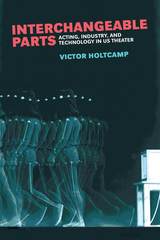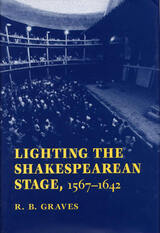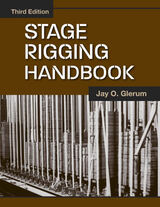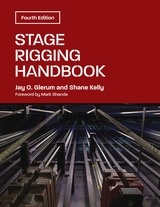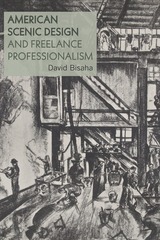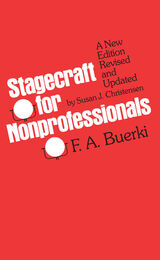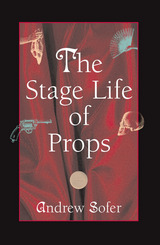Stage Rigging Handbook, Third Edition
Southern Illinois University Press, 2007
eISBN: 978-0-8093-8764-9 | Paper: 978-0-8093-2741-6
Library of Congress Classification PN2091.M3G54 2007
Dewey Decimal Classification 792.025
eISBN: 978-0-8093-8764-9 | Paper: 978-0-8093-2741-6
Library of Congress Classification PN2091.M3G54 2007
Dewey Decimal Classification 792.025
ABOUT THIS BOOK | AUTHOR BIOGRAPHY | REVIEWS | TOC
ABOUT THIS BOOK
Succinct and jargon free, Stage Rigging Handbook remains the only book in any language that covers the design, operation, and maintenance of stage-rigging equipment. It is written in an at-a-glance outline form, yet contains in-depth information available nowhere else. This fully indexed third edition includes three new parts: the first, an explanation of inspection procedures for rigging systems; the second, a discussion of training in the operation of rigging systems; and the third, essential information about the operation of fire curtains. The remaining six parts, as well as the glossary and bibliography, have been updated. This edition also contains a new preface, many new illustrations, and expanded information on Nicopress terminations.
Glerum explains that four main principles make up the core of this book: know the rigging system; keep it in safe working order; know how to use it; and keep your concentration. Glerum applies these principles to all of the major types of stage rigging systems, including block and tackle, hemp, counterweight, and motorized. He describes each type of rigging, then thoroughly reviews the operating procedures and methods of inspecting existing systems.
See other books on: Direction & Production | Handbooks, manuals, etc | Safety measures | Stagecraft & Scenography | Third Edition
See other titles from Southern Illinois University Press
